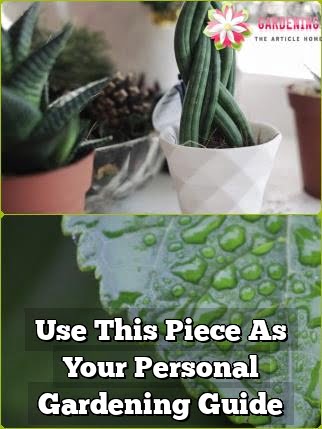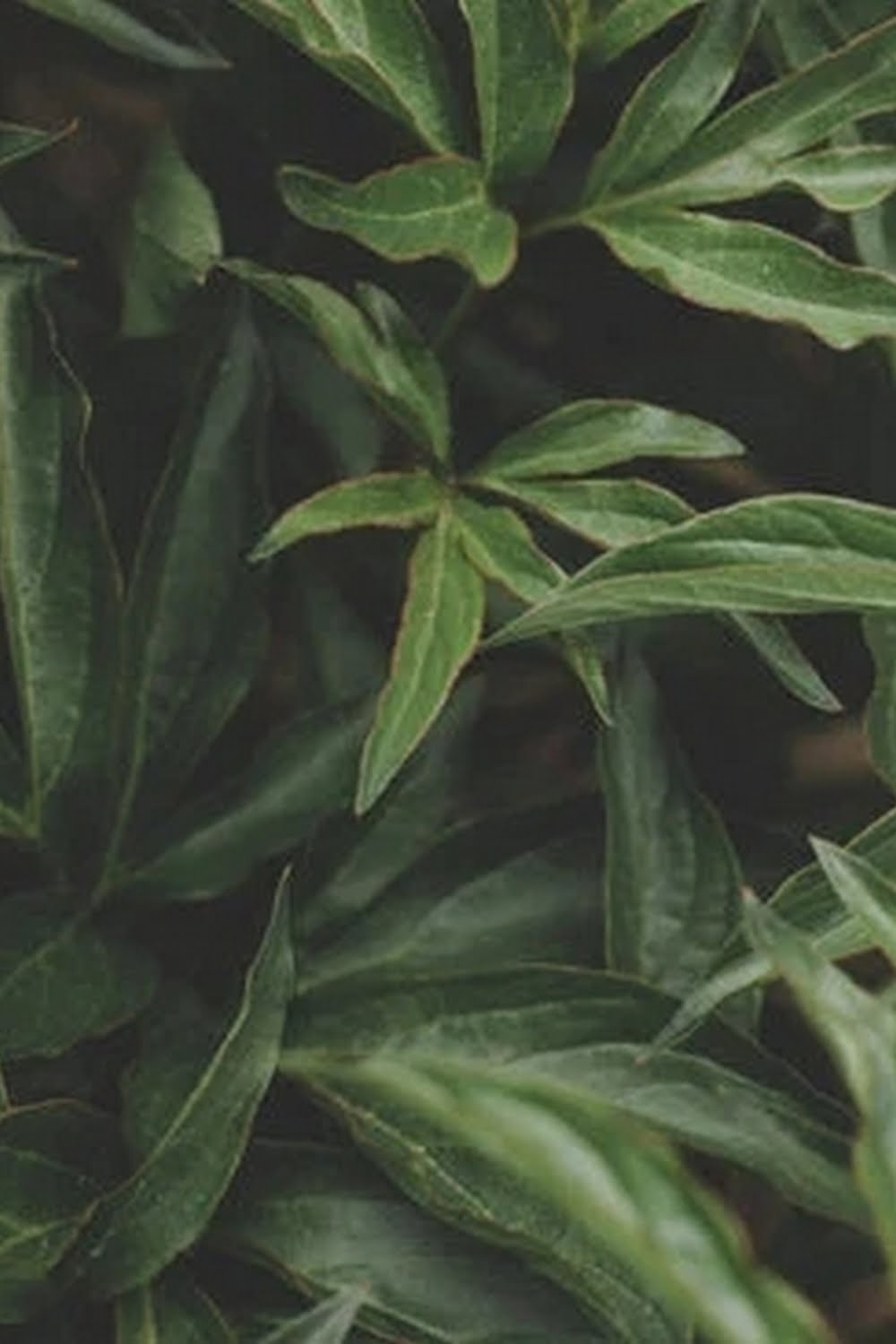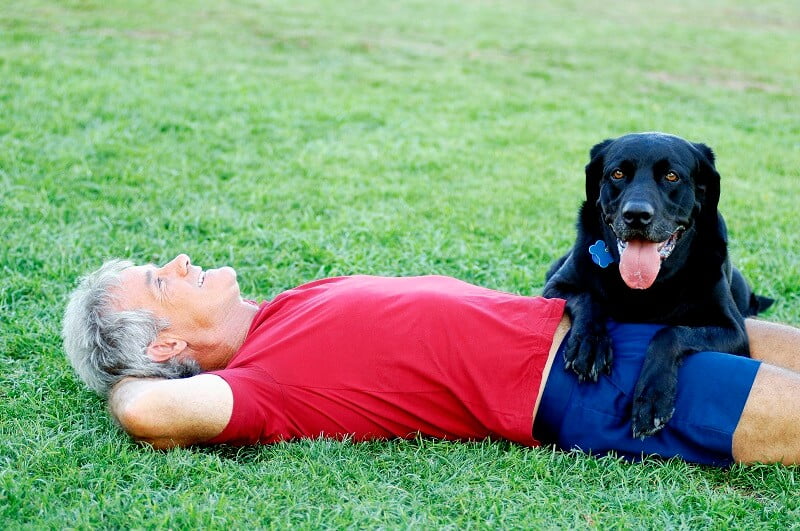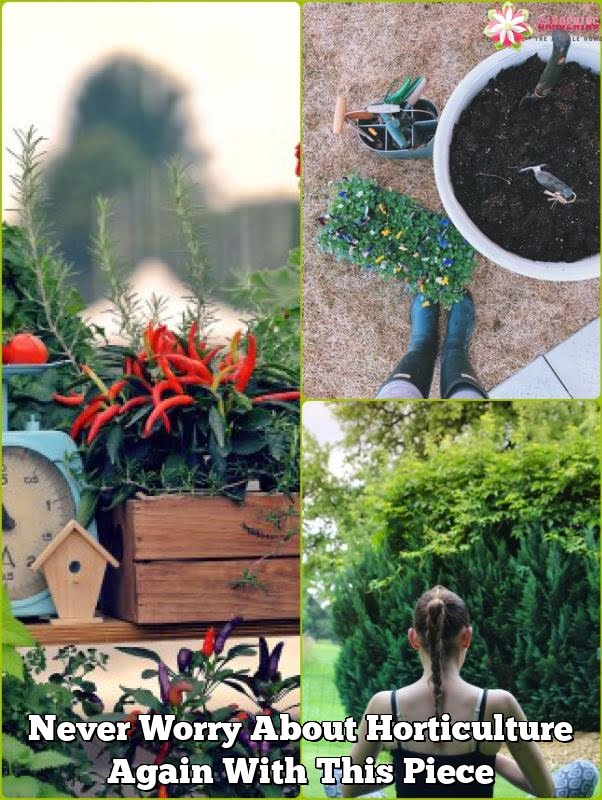A lot of people feel gardening is difficult to do, but that’s true only for people who don’t do their research. All it takes is a skilled gardener is a bit of your own. This article will turn you into a expert horticulturist in no time at all.
Make sure to lay the sod is laid properly.Pull all the weeds and break up any clods of soil. Make sure the soil is flat and even. Make sure the soil is moist soil.Sod should be staggered in rows, where the joints connect to offset each other.
Your plants will respond better to gradual changes in temperature or condition.Put them in the sun for a couple of hours on the first day. As time goes by, gradually extend the duration of sun exposure. After a few more days, the plants should be fully acclimated and ready to move outside.
You can also try to offend the cats sense of smell with orange rinds or placing citrus fruit peels around your garden.
Do not cut your lawn close to the bottom. If you allow your grass to grow a little longer, the roots will go down deeper into the dirt, greener lawn. Short grass means short roots and turning brown.
Make a landscaping plan for your garden.This will assist you remember where each plant was planted before they begin to sprout.
If you’re going to grow peas, try starting them off indoors rather than planting the raw seeds in outdoor beds. The seeds will grow better germination rate if planted there first. The seedlings will also be heartier, which means that they can better resist disease and attacks from pests. You can transplant the seedlings outdoors after they become better established.
Pectrum Pesticides
Don’t use broad-spectrum pesticides for your gardening area. These kinds of pesticides can also kill the helpful insects that destroy the pests. Bugs that provide a benefit to your garden are more easily killed by these broad-spectrum pesticides, and using them could mean an increase in the pests you are actually trying to get rid of.This can result in your using more pesticides to eliminate the problem.
Use care when watering your garden. A soaker hose is a great way to water all of the plants at once, removing the need for hauling a watering can or hose around to each plant. Use a low water pressure to avoid damaging tender members of your garden.Let your soaker hose run for a few hours while as you do other things.
Protecting your knees while you are horticulture is essential. Bending over for extended time periods causes pain for many people. Kneeling down on the ground is a great way to get to your plants while minimizing back pain. A kneeling pad can be placed under your knees to protect them from damage and strain while you are working.
The ambient temperate of a room with live plants is between sixty-five and seventy-five degrees throughout the day. The temperature needs to be this warm so the plants can grow. If you think it would not be comfortable to keep your residence that warm in the winter, you can get a heat lamp for the organic plants instead.
Laundry Basket
Use an aged laundry basket when you want to collect produce from your produce. The laundry basket can be used as a colander for the fruits and vegetables.
Create raised beds with stone, bricks or untreated wood. Choose a wood that is naturally resistant to rot and does not contain any chemicals. Some good choices include locust, cypress, and cypress. In order to avoid toxic substances from getting into the ground and perhaps into your vegetables, don’t use treated wood since its chemicals can leech into the food crops and soil.If you must use treated wood, line it with a barrier, such as with plastic sheet.
Organic gardening is harder than relying on chemicals, but the payoff in the end is well worth the work. While the chemical companies claim great benefits, growing organically is the most rewarding option for you and those who consume your crops.
Adjust your watering according to season and climate. For instance, if your climate is humid and warm, you should not water the leaves because it will encourage leaf fungus.
The bulbs of the garlic are ready for harvesting when the tops turn brown.
Using a soaker hose to water an organic garden is the best method.
Make sure that your garden has biodiversity. The wider the variation of plants growing in your garden, the more wildlife that will come. Plant all different types of plants in your garden more similar to a natural environment. If you can accomplish this, the garden will be the perfect place to relax, and also you get great satisfaction from knowing you did your part for the environment.
Mulch your garden with three inches of organic bedding material. This aids in environmental conservation and also saves you reduce your water each month. You will find the mulch attractive.
Even with insects present, you will prevent them from damaging your garden, keeping everyone happy.
You have probably heard that compost is an advantageous to horticulture, but do you have any idea what materials are actually in it? Compost is a mixture of organic matter such as grass clippings, wood-chips, leaves, eggshells, twigs, and straw which all breaks down to “psuedo-soil”. Use compost instead of commercial fertilizer.
Use barrels or buckets to trap the water and use it to hydrate your plants. This will save you reduce your water bills. Rainwater is also has natural benefits for plants.
When you plan your garden, think about the types of vegetables that you use the most in your kitchen and plant those. This will be useful in lowering your grocery bill and effectively utilizing garden space. Don’t bother wasting time on growing foods that your family doesn’t enjoy.
Like you were told you at the beginning, gardening isn’t hard to do if you understand what it is you are doing. By following the proper horticulture tips and strategies, you can create a beautiful horticulture masterpiece.

Welcome to my blog about home and family. This blog is a place where I will share my thoughts, ideas, and experiences related to these important topics. I am a stay-at-home mom with two young children. I hope you enjoy reading it! and may find some helpful tips and ideas that will make your home and family life even better!





